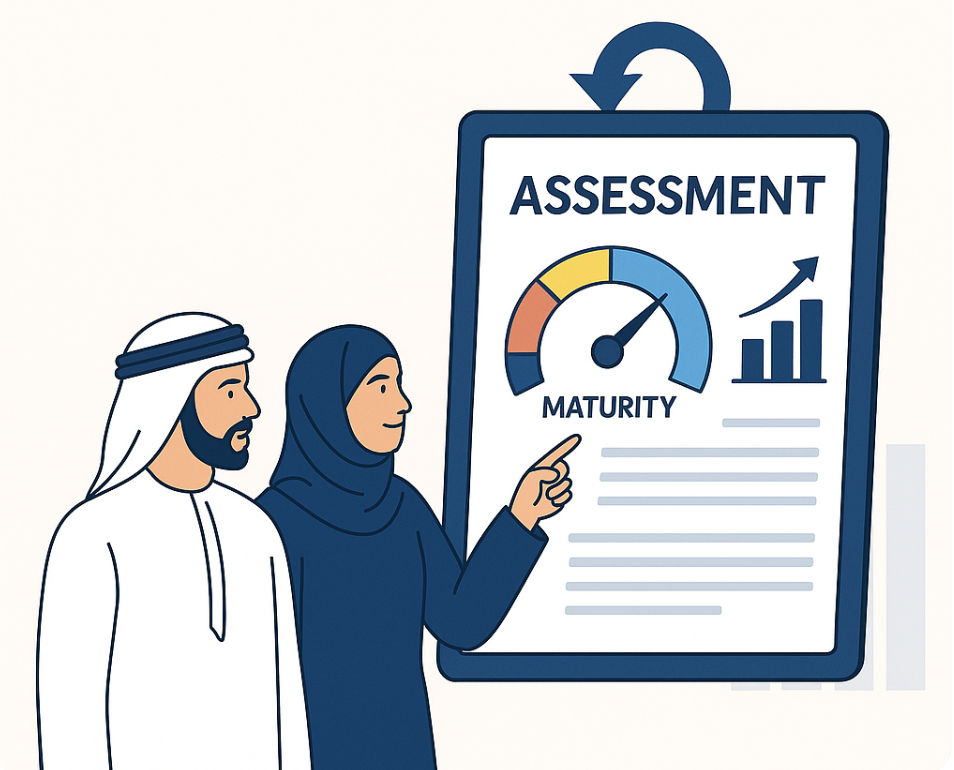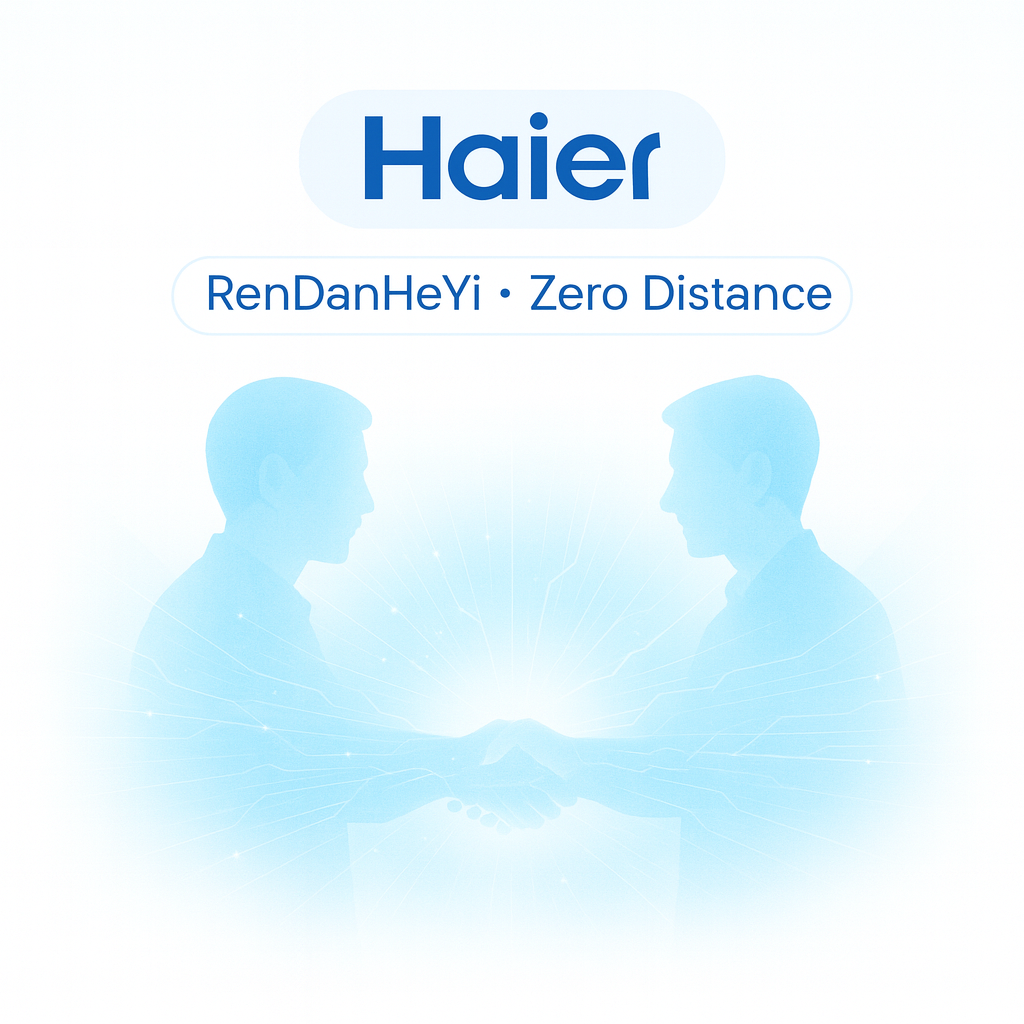The pressure to deliver is constant for many executives. How often do you see these under pressure execs looking for silver bullets to transform their organisations into lean, mean delivery machines? Quite often at this stage, the word "Agile" is introduced into conversation - someone in the organisation has heard of this new way of delivering that requires less people, less time and faster outputs (we talk about that particular golden nugget over here). Soon enough, someone else is dispatched to implement Agile ways of working... but how? How to choose from the wide range of Agile frameworks? How to tell which one will work within the organisation’s existing culture and structures...? Which one requires the least amount of actual change...? That Scrum Framework feels a bit scary - where has my management control gone...?
And it's here where the Scaled Agile Framework (SAFe) often elbows its way into the conversation.
At first glance, SAFe promises the allure of agility tailored for larger-scale operations. However, dig a bit deeper, and its roots are more firmly entrenched in traditional Waterfall methodologies than one might expect. SAFe's structured hierarchy, the predefined roles at every layer, and the phased approach mimic Waterfall's sequential progression. This resemblance often acts as a safety net for change-resistant organisations. By adopting SAFe, they can lay claim to embracing Agile principles without genuinely committing to the decentralisation and empowerment that true Agility requires. Instead, they maintain their familiar centralised control, only repackaged with Agile terminology. This facade may appease some stakeholders in the short term, but it risks undermining the very essence of Agile's adaptability, swift feedback loops, and customer-centricity.
Get in touch with us for a free consultation if you would like to explore any of the topics discussed below, or to find out how our enterprise Agile coaches could help your business to deliver faster, better and cheaper.
Without further ado, let's dive into why Scrum stands out as the more viable choice for many organisations.
Shortcomings of SAFe
1. Complexity Overload:
SAFe, with its multiple layers and roles, can be incredibly complex to implement. While its approach might appear comprehensive, this complexity often translates into lengthy initiation phases, higher training costs, and potential misunderstandings across departments.
2. Rigidity and Lack of Flexibility:
While Agile methodologies preach adaptability and self-managing teams, SAFe leans toward a more rigid structure. This lack of flexibility can be limiting, making it difficult for organisations to make the kind of rapid progress that they had envisaged when they embarked on an Agile Transformation programme. Before long, teams are spending more time trying to implement and govern processes than they are delivering actual value.
3. Reduced Ownership and Autonomy:
SAFe’s hierarchy and structure can inadvertently sideline teams, making them feel more like cogs in a machine than empowered contributors. This can diminish a team's sense of ownership and accountability, leading to reduced motivation and productivity.
4. Limited Customer Engagement:
Despite its vast structure, SAFe can sometimes dilute the customer's role in the process, potentially leading to products that are misaligned with market needs. There is therefore a greater risk of teams building something that is not fit for purpose in the eyes of the user or consumer. That equals waste in business terms: wasted time, money and lost opportunity.
5. Increased Overhead:
The additional roles and layers in SAFe can lead to increased overheads, both in terms of time and financial costs. This can challenge the principle of lean thinking and often slows down the delivery process.
Why Scrum Stands Out
1. Simplicity and Clarity:
Scrum offers a lightweight, simple framework, making it easier to understand and implement. With clear accountabilities and events, teams can quickly get onboarded without the extensive - and expensive - training SAFe often requires.
2. Scrum is universal
Scrum is the most popular Agile framework in the world, and with good reason. You’re more likely to find team members that are comfortable and familiar with the Scrum Framework; it’s been battle tested for decades and proven to work; and it’s also designed to be scalable to support large organisational programmes of work (see Scaling Scrum with Nexus). So SAFe is claiming to solve a problem that already has a truly Agile solution.
3. Team Empowerment:
Scrum fosters a sense of ownership, collaboration, and autonomy. Teams are at the heart of decision-making, leading to higher motivation and more innovative outcomes. Critical to this empowerment and ownership is the Product Owner. This single individual is the organisation’s Value Maximiser - they set the product goal and ensure that there is a visible and proactively managed list of valuable features (called the Product Backlog) that the Scrum Team needs to collaboratively build in order to meet that vision.
4. Continuous Feedback Loop:
Direct engagement with stakeholders and regular sprint reviews in Scrum ensure that the product is always aligned with customer expectations and emerging market trends, reducing the risk of misdirection. So whilst there may appear to be a lack of formal management approval gateways in Scrum (unlike in SAFe), let’s ask ourselves this: who is the best arbiter of whether a product or service meets customer or user needs? Should it be based on the opinion of a handful of company employees with strong opinions or impressive job titles…? Or the empirical process of iteratively launching something to the actual customer or user, observing their response to it and then adapting accordingly?
5. Lean and Efficient:
With its focus on delivering maximum value with minimum resources, Scrum embodies lean thinking, promoting efficiency and faster time-to-market.
Conclusion
While SAFe might seem attractive for large-scale operations at first glance, beware: its complexities and inherent challenges often outweigh its benefits. On the other hand, Scrum, with its emphasis on simplicity, flexibility, and team empowerment, offers a robust and efficient approach that aligns closely with Agile's core principles.
For executives contemplating this pivotal decision, it's essential to weigh the potential pitfalls of SAFe against the proven benefits of Scrum.
Remember, a successful Agile transformation isn’t about the scale or the process but the value delivered.
Still not convinced? Or has a SAFe implementation caused problems in your delivery organisation? Talk to one of our expert Agile Transformation coaches - for free - today.




